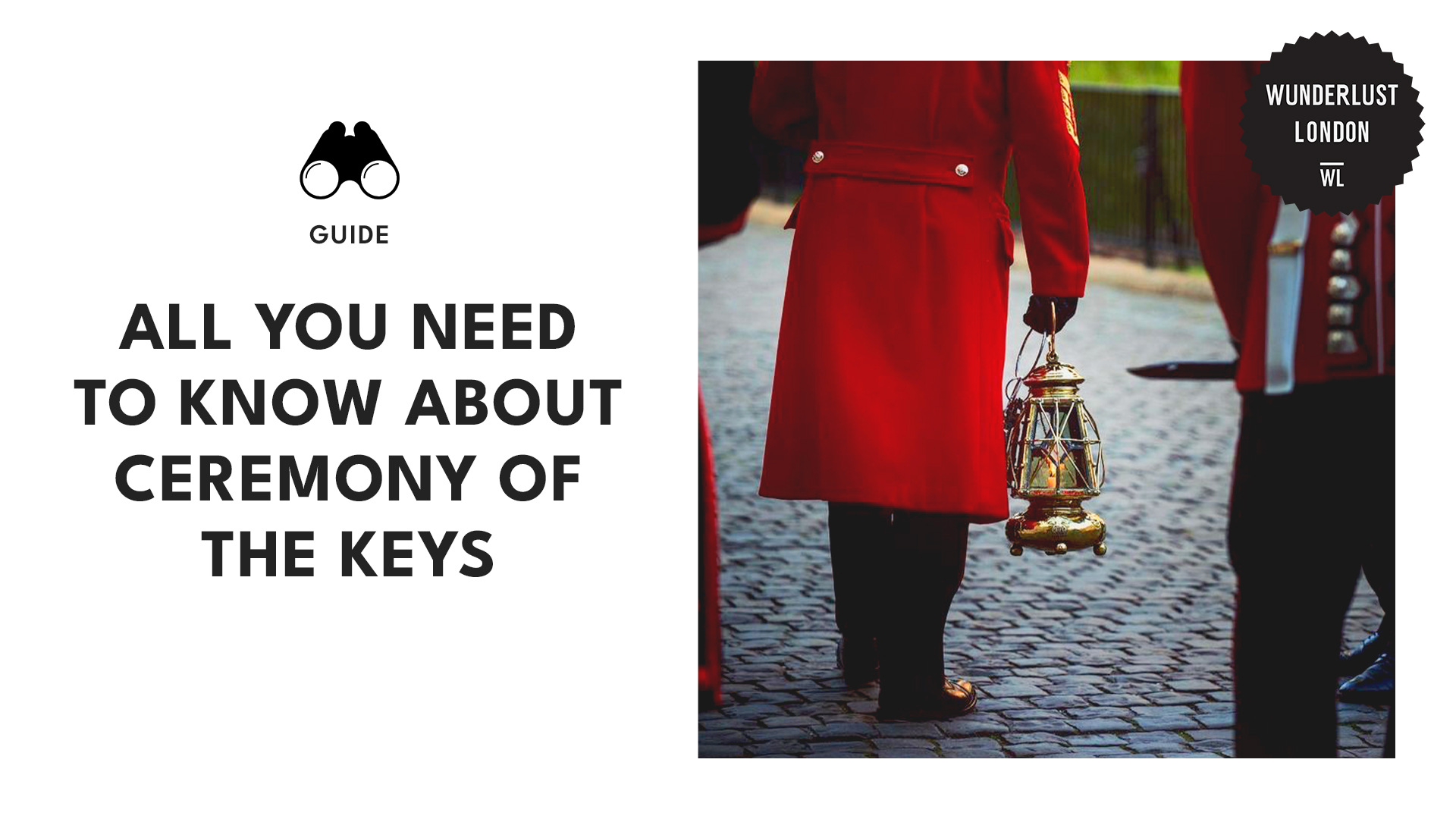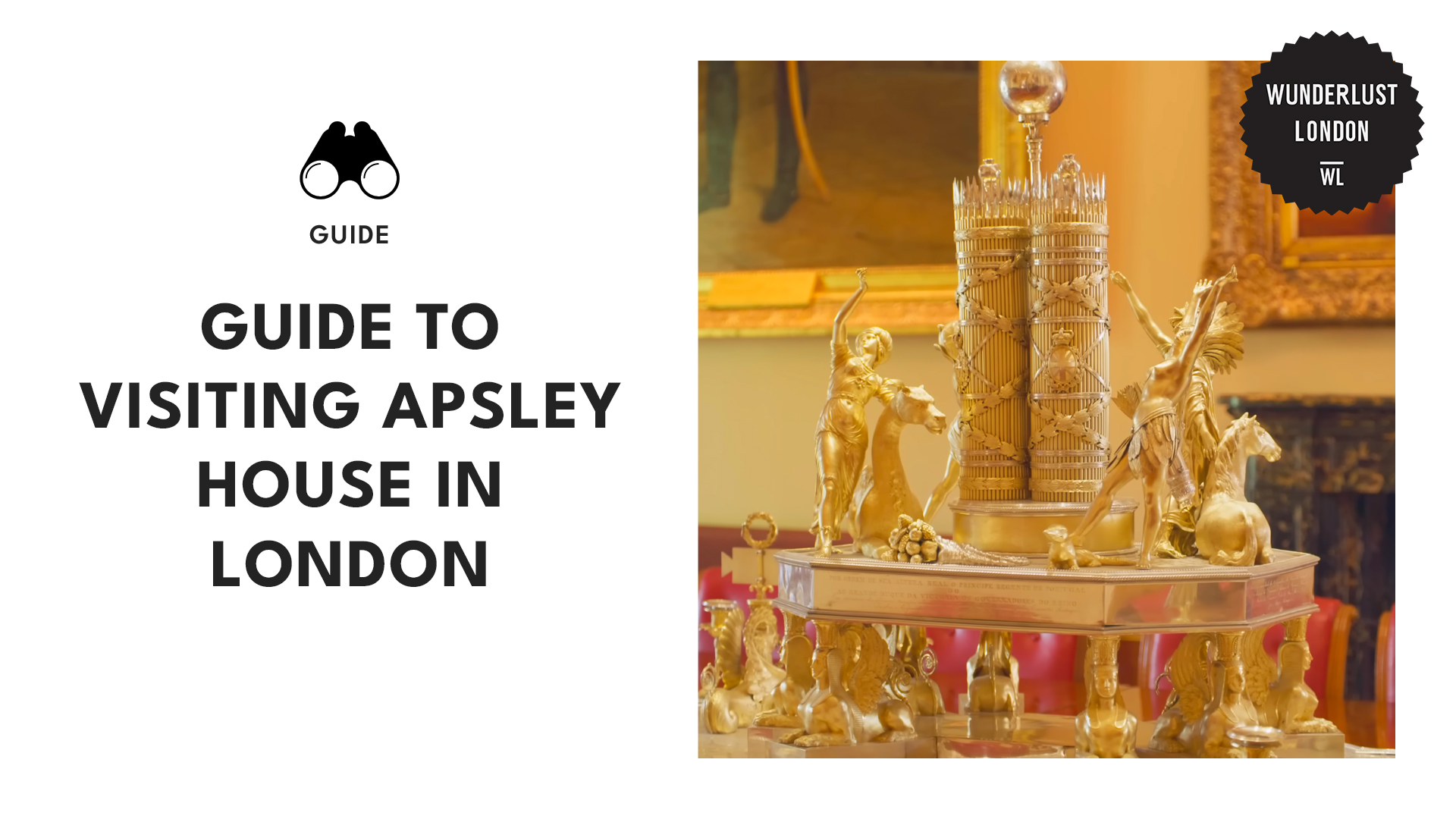Ever heard of the Ceremony of the Keys? It’s a nightly tradition shrouded in mystery at the Tower of London. But today, that shroud is about to be whipped away as we peel back the layers of history and explore what makes this ancient ritual tick.
Whether you’re a history buff or just someone curious about cool traditions, our journey is set to uncover the secrets behind the nightly Ceremony of the Keys.
What is the Ceremony of the Keys?
Media credit to secretlondonruns
The Ceremony of the Keys is a 700-year tradition that takes place at the Tower of London. This nightly ritual symbolises the locking and securing of the Tower’s gates, marking the official end of the day and the beginning of the night.
What happens during the Ceremony of the Keys?
Media credit to uktravelplanning
At exactly 9:53 PM, the Chief Yeoman Warder, dressed in a red watchcoat and Tudor bonnet, emerges from the Byward Tower to carry out an elaborate locking of all the gates and doors within the Tower complex.
Carrying a lit candle lantern and the Queen’s Keys, the Chief Warder systematically bolts each lock and secures each gate, accompanied by an armed military escort.
At the Bloody Tower, a symbolic challenge is issued by a sentry to prove that the Chief Warder has the correct password. At 10 PM sharp, the ceremony is complete and the Chief Warder declares “All’s well”, confirming the Tower is fully locked down and secured for the night.
How to book tickets for the Ceremony of the Keys?
Media credit to yeomanwarderbeefy409
Getting access to this ceremony requires booking your tickets well in advance through the following steps:
- Check availability online – The ceremony takes place every night, but tickets are extremely limited. Go to this website and find the Ceremony of the Keys page under Tower of London to check upcoming dates that still have ticket availability.
- Purchase tickets – Once you’ve found a date with availability, complete the online booking form on the HRP website. Have your payment details ready – tickets cost around £30 per adult.
- Print your e-tickets – You’ll receive an email confirmation with attached e-tickets after booking. Be sure to print out your tickets or have them available to display on your phone screen when you arrive.
History of the Ceremony of the Keys
Media credit to metrosocietyph
The earliest recorded mention of the ceremony dates back to the 14th century during the reign of Edward III. At its core, the ritual was a response to the necessity of safeguarding the Tower, a symbol of royal authority and a key strategic stronghold.
Over time, the Ceremony of the Keys evolved, adapting to the changing dynamics of English history. It weathered periods of war, political changes, and shifts in the monarchy.
What began as a practical security measure transformed into a symbolic act, embodying the continuity of tradition and the enduring connection between the Tower and the authority it represented.
Rules to remember during the Ceremony of the Keys
Arrive early
Just like in life, being fashionably late is a no-go at the Ceremony of the Keys. Arrive early (15 minutes early or more) to snag a good spot and avoid the awkward shuffle of latecomers trying to blend in with the shadows.
Follow instructions
The Yeoman Warders have the floor (or the cobblestones, in this case). Pay attention to their instructions – it’s not a maze, and they’ll guide you on where to stand. It’s like a historical dance, and nobody wants to trip over their own history.
No photography or filming
Alas, no photos or selfies to commemorate the occasion. They didn’t have Instagram in medieval times, and for this brief moment, neither shall you!
Maintain silence
Remember, it’s a solemn affair, not a comedy show. Keep the chatter to a minimum, your whispers might echo through history, and we wouldn’t want to interrupt the ghosts with our mundane banter.
No late entry
Latecomers might find themselves locked out – a historical tale of missed opportunities. Don’t be the one trying to sweet talk the Tower guard to let you in fashionably late.
Dress appropriately
While there may not be strict dress codes, consider dressing respectfully for the occasion. The Ceremony of the Keys is a formal event, and wearing appropriate attire adds to the overall sense of reverence.
Why visit the Ceremony of the Keys?
Media credit to theroyalfamily
The Ceremony of the Keys is an enchanting portal to England’s past, offering an immersive encounter with centuries of history. Steeped in tradition, this ritual at the Tower of London is more than a mere locking of gates, it’s a living narrative that unfolds before your eyes.
Whether you’re a history aficionado, a seeker of unique experiences, or simply someone captivated by the allure of centuries-old traditions, this ceremony promises an unforgettable evening where the past and present seamlessly converge.
Make the most of the visit: Other ceremonies to see at The Tower of London
Beating the bounds
The name comes from the part of the ceremony that originally involved going around the parish boundary markers and physically striking them or beating sticks against them. Nowadays that part has mostly become symbolic.
The traditional ceremony involves a Yeoman Warder carrying a willow rod followed by other Yeoman Warders, children, parish priests, and a military guard as they together process around the entire perimeter boundaries of the Tower of London.
Gun salutes
Gun salutes mark special royal anniversaries and milestones. On such occasions, crowds gather along the Tower wharf to observe as uniformed soldiers ceremonially fire blank rounds from various guns and cannons positioned along the fortress walls.
They also occur for state visits and other events, typically taking place at 1 pm and viewable from various points around the Tower. These salutes are a long-standing tradition dating back centuries, honouring important individuals and adding ceremony to royal events.
Frequently asked questions
Yes, the Yeoman Warders often share insights and historical anecdotes with the audience.
No, due to limited space, tickets must be booked in advance, and availability may be limited.
There are no strict age restrictions, but the ceremony’s solemn nature may be more suitable for older children and adults.
No, with the exception of service animals, pets are not allowed during the ceremony.







